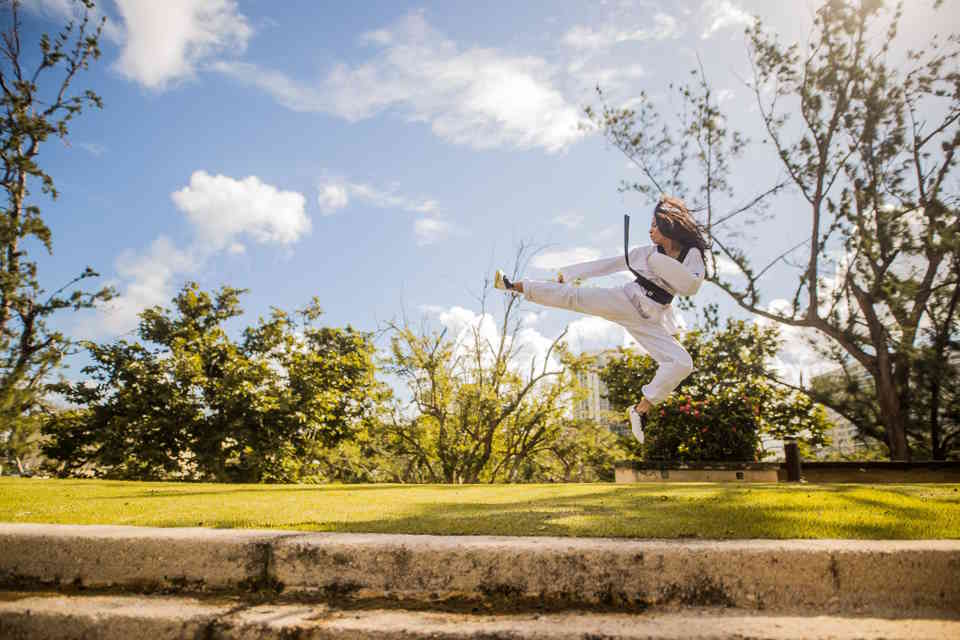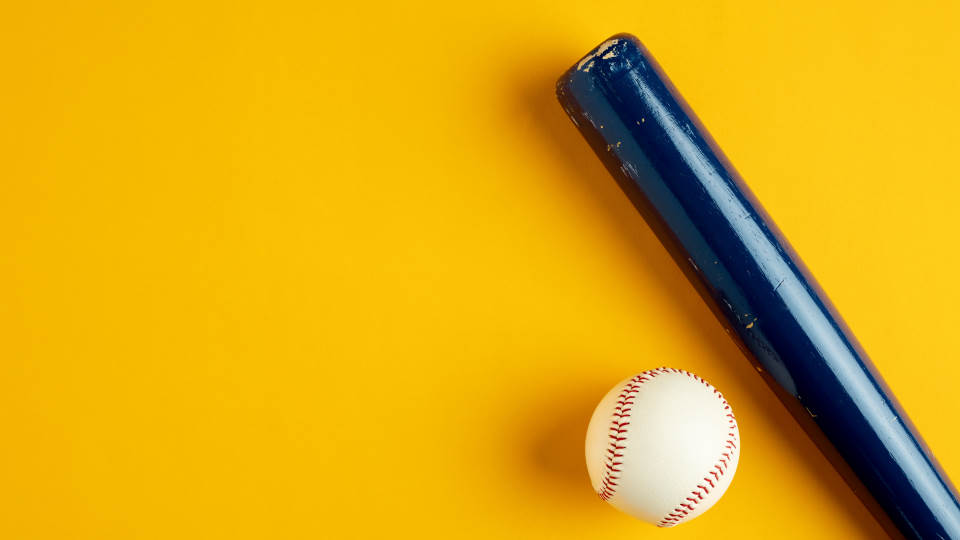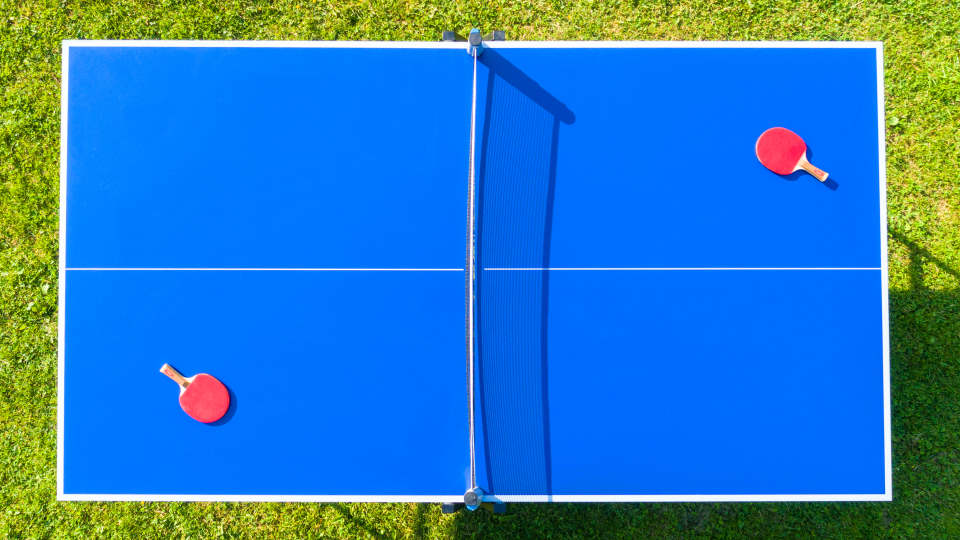Welcome to our blog post exploring the diverse world of karate. We will dive into the various styles of karate and shed light on their unique characteristics, techniques, and philosophies. Join us as we embark on a journey, starting with an introduction to different styles of karate. From there, we will delve into the techniques of Shotokan karate, exploring its powerful and precise movements. Next, we will navigate the fascinating world of Goju-Ryu karate, unveiling its distinct blend of hard and soft techniques. Lastly, we will discover the philosophical foundations of Wado-Ryu karate, gaining insights into its holistic approach. Whether you are a karate enthusiast or simply curious about martial arts, this blog post will provide valuable insight into the world of karate.
Introduction To Different Styles Of Karate
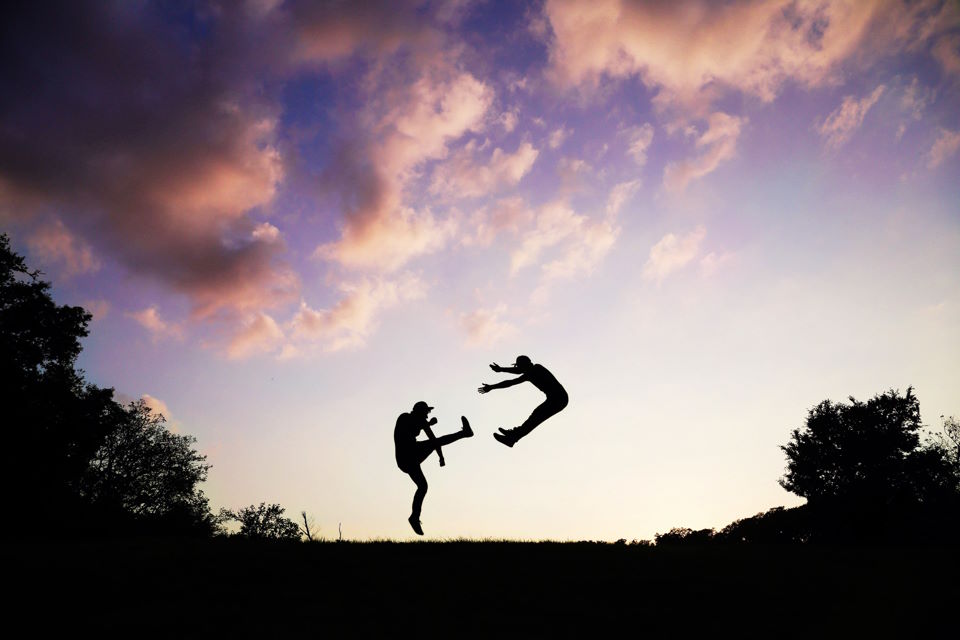
Karate, a martial art that originated in Japan, is known for its powerful strikes, graceful movements, and disciplined practitioners. With its roots in Okinawa, Karate has evolved over the years, giving rise to different styles that showcase various techniques and philosophies. We will delve into the fascinating world of Karate and provide an introduction to the different styles that exist today.
When it comes to Karate, there is no shortage of styles to choose from. Each style has its own unique characteristics, training methods, and principles. Some popular styles include Shotokan, Goju-Ryu, and Wado-Ryu, among others. These styles may differ in their approach to techniques, stances, and even the emphasis they place on certain aspects of training. While it may seem overwhelming at first, understanding the different styles can help you find the one that resonates with you the most.
Shotokan Karate: One of the most widely practiced styles of Karate, Shotokan is known for its strong and powerful strikes. This style focuses on developing speed, strength, and precision through a combination of rigorous training and kata, which are preset sequences of movements. Shotokan practitioners often emphasize the importance of proper form and technique, as well as the cultivation of a disciplined mindset.
Goju-Ryu Karate: Goju-Ryu, meaning “hard-soft style,” incorporates a balance of hard-hitting strikes and circular movements. This style places a great emphasis on breathing techniques, body conditioning, and close-range combat. Goju-Ryu practitioners seek to develop both physical strength and internal energy, known as “ki,” through their training.
| Wado-Ryu Karate: |
|---|
| Wado-Ryu, which means “way of harmony,” combines elements of Shotokan Karate with principles from traditional Japanese martial arts. This style emphasizes fluid movements, evasion, and using an opponent’s energy against them. Wado-Ryu practitioners often focus on developing their speed and agility, as well as honing their timing and understanding of distance. |
As you can see, each style of Karate offers its own unique approach to training and self-defense. While some styles may appeal more to those who prefer power and strength, others may resonate with individuals who value flexibility and harmony. Ultimately, the style of Karate you choose to practice will depend on your personal preferences, goals, and what you hope to gain from your martial arts journey. So, take the time to explore the different styles, find a dojo that suits you, and embark on an exciting and fulfilling journey into the world of Karate!
Understanding The Techniques Of Shotokan Karate
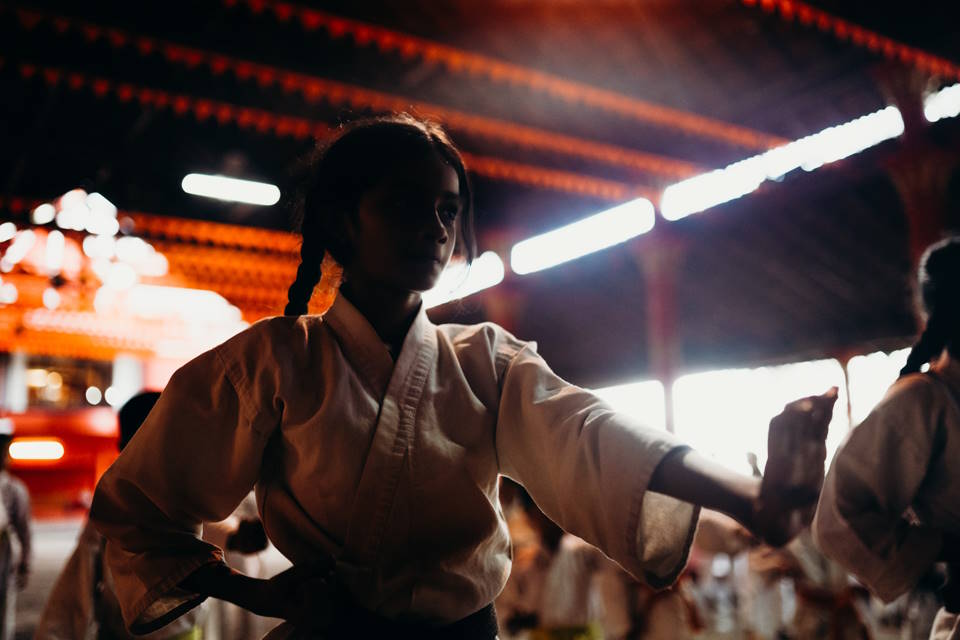
Shotokan karate is one of the most popular forms of martial arts in the world. Known for its strong and powerful techniques, it has gained a reputation for being both challenging and effective. We will delve into the techniques used in Shotokan karate and explore how they contribute to its distinct style.
One of the key aspects of Shotokan karate is its emphasis on strong stances. When practicing Shotokan, students learn various stances such as the front stance (zenkutsu dachi) and the back stance (kokutsu dachi). These stances help to provide a strong foundation, allowing practitioners to generate power and maintain balance during their movements. The lower body plays a crucial role in Shotokan karate, as it serves as a solid base for executing strikes, kicks, and blocks.
In addition to strong stances, Shotokan karate utilizes a wide range of striking techniques. Punches, kicks, and elbow strikes are all essential components of the training. One of the signature techniques in Shotokan is the reverse punch (gyaku zuki). This technique emphasizes a straight and powerful punch, delivered with precision and speed. Shotokan practitioners also learn various kicking techniques, such as front kicks (mae geri) and side kicks (yoko geri), which help to increase their flexibility, balance, and overall body control.
Moreover, Shotokan karate incorporates both defensive and offensive techniques, making it a well-rounded martial art. Students are taught how to effectively block and counter their opponent’s attacks while also learning how to initiate their own strikes. By combining defensive and offensive moves, Shotokan karate provides practitioners with the skills necessary to defend themselves in real-life situations.
| Technique | Description |
|---|---|
| Kime | A technique that emphasizes the focus and concentration of power in a single point. It involves tightening the body and muscles at the moment of impact to maximize the effectiveness of a strike. |
| Kata | A predetermined sequence of movements that simulates a fight against imaginary opponents. Practicing kata helps to develop muscle memory, balance, and coordination in Shotokan karate. |
| Kumite | A sparring practice where practitioners engage in controlled combat with a partner. Kumite allows students to apply their techniques in a dynamic and realistic setting, enhancing their reflexes, timing, and decision-making skills. |
Understanding the techniques of Shotokan karate requires dedication, discipline, and practice. It is a martial art that demands precision and control, while also fostering a strong mindset and respect for others. Whether you are a beginner or an experienced practitioner, exploring the techniques of Shotokan karate can be a fulfilling and enriching journey.
Exploring The Unique Characteristics Of Goju-Ryu Karate

Are you ready to dive into the fascinating world of Goju-Ryu Karate? Strap yourself in, because we’re about to explore the unique characteristics that set this martial art style apart from the rest. From its origins in Okinawa to its powerful techniques and philosophical underpinnings, Goju-Ryu Karate is a martial art that will both challenge and inspire you.
One of the defining features of Goju-Ryu Karate is its emphasis on close-quarter combat. Unlike other styles that focus on long-range strikes and flashy kicks, Goju-Ryu practitioners excel in tight spaces. In fact, the name “Goju-Ryu” translates to “hard-soft style,” referring to the combination of powerful, direct strikes and subtle, circular movements. This unique blend allows practitioners to effectively defend themselves in real-world scenarios where space is limited.
The use of katas, or predetermined sequences of movements, is another key characteristic of Goju-Ryu Karate. These katas serve both as a training tool and a way to preserve the traditional techniques and strategies of the style. Practitioners spend hours perfecting each movement, striving for precision and fluidity. Through the repetition of katas, Goju-Ryu Karate students develop not only physical strength and control but also mental discipline and focus.
Goju-Ryu Karate is deeply rooted in Okinawan culture and history. It traces its lineage back to the ancient Chinese martial arts that were brought to Okinawa centuries ago. This historical connection is reflected in the techniques and principles of Goju-Ryu, which blend elements of both Chinese and Okinawan fighting styles. So when you practice Goju-Ryu Karate, you’re not just learning self-defense – you’re also immersing yourself in a rich and diverse martial arts tradition.
| Goju-Ryu Karate Techniques: | Goju-Ryu Karate Philosophy: |
|---|---|
| Sanchin: This fundamental Goju-Ryu kata focuses on building internal strength and cultivating proper breathing techniques. | Mind-Body Unity: Goju-Ryu Karate places great importance on the harmonious development of mind, body, and spirit. |
| Kakie: A unique training exercise that teaches practitioners to feel and respond to their opponent’s energy or intention. | The Way of Simplicity: Goju-Ryu Karate values simplicity and minimalism in both technique and lifestyle. |
| Tensho: This kata emphasizes circular and flowing movements, helping to develop fluidity and adaptability in combat. | Respect and Humility: Goju-Ryu Karate instills a deep sense of respect for oneself, others, and the art itself. |
As you can see, Goju-Ryu Karate is not just about physical strength and fighting techniques. It is a holistic practice that combines mental discipline, historical knowledge, and philosophical principles. So whether you’re a seasoned martial artist or just beginning your journey, exploring the unique characteristics of Goju-Ryu Karate will undoubtedly broaden your understanding of the martial arts world.
Discovering The Philosophy Behind Wado-Ryu Karate

Wado-Ryu Karate, one of the lesser-known styles of karate, holds a unique place in the world of martial arts. While many focus on the physical aspect of karate, Wado-Ryu goes beyond mere techniques and dives into the deeper philosophy that underlies the art. So, what exactly is the philosophy behind Wado-Ryu Karate? Let’s explore this intriguing aspect of the martial art.
At its core, the philosophy of Wado-Ryu Karate is rooted in the teachings of its founder, Hironori Otsuka. Otsuka believed in the principle of “tai sabaki,” which translates to “body movement.” Unlike other styles of karate that emphasize brute strength and force, Wado-Ryu focuses on using the body’s natural movements and agility to gain an advantage in combat. This philosophy values efficiency and precision over raw power.
A key aspect of Wado-Ryu Karate’s philosophy is the integration of the mind, body, and spirit. This can be seen in the emphasis on mental discipline and control during training. Practitioners are encouraged to develop a calm and focused mind, which allows them to react quickly and effectively in any situation. The philosophy behind Wado-Ryu promotes the idea that true strength comes from inner harmony and balance.
Another important element of the philosophy behind Wado-Ryu Karate is the concept of “yuki,” which means “flowing water.” Just as water adapts to its surroundings, Wado-Ryu practitioners are encouraged to be flexible and adaptable in their techniques. This philosophy teaches them to flow with the movements of their opponents, anticipating their actions and responding accordingly. It is the understanding that rigidity can lead to vulnerability, while fluidity brings strength and resilience.
| Overall, the philosophy behind Wado-Ryu Karate is a blend of discipline, adaptability, and harmony. It emphasizes the integration of the mind, body, and spirit to achieve both physical and mental growth. By understanding these deeper philosophical elements, practitioners can not only master the art of karate but also apply its principles in their everyday lives. |
